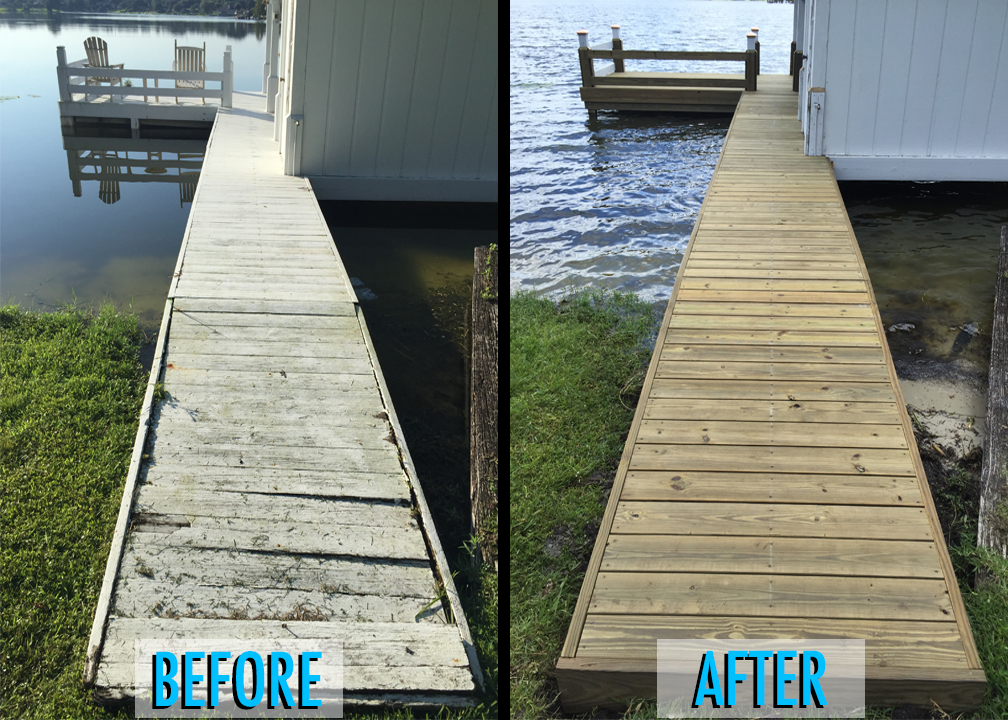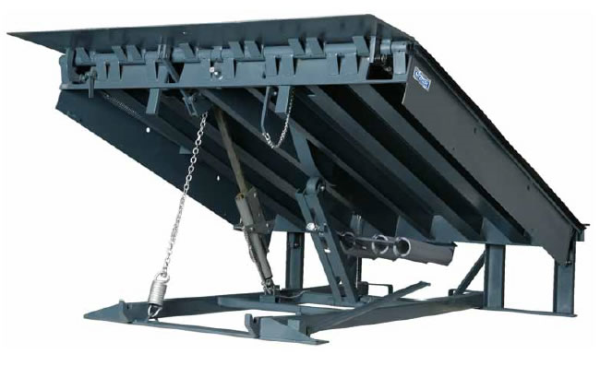Effective Dock Repair Techniques: Making Certain Architectural Integrity
Guaranteeing the architectural stability of docks through efficient repair techniques is critical for the long life and safety of aquatic centers. This includes a multi-faceted approach beginning with comprehensive evaluations making use of innovative technologies like sonar tools and remotely operated vehicles (ROVs) to spot both noticeable and hid problems. Subsequently, selecting the right fixing materials, such as composite products and corrosion-resistant alloys, is critical for sturdiness. Architectural reinforcement approaches, consisting of the application of cross-bracing systems and load-distribution plates, play an essential function in mitigating stress and anxiety factors. The value of these methods ends up being noticeable when discovering advanced repair approaches and preventative upkeep techniques.
Assessing Dock Damages
Evaluating dock damage is a crucial very first action in making sure the architectural integrity and safety and security of any docking center. This initial evaluation involves an extensive examination to determine both covert and noticeable problems. Key aspects to examine include the dock's structure, pilings, outdoor decking, and equipment. Each part has to be inspected for indications of wear, rot, deterioration, or other types of destruction that could endanger the architectural stability.
Architectural designers or qualified examiners usually perform these assessments making use of specialized tools and strategies. Underwater inspections may utilize sonar devices or remotely ran vehicles (ROVs) to identify immersed damages. Above water, visual inspections are enhanced by utilizing dampness meters and other analysis tools to uncover underlying problems not right away noticeable to the naked eye.

Finding Repair Materials
Selecting the ideal repair materials is a critical action in the dock remediation process, one that straight affects the durability and performance of the repaired structure. Product option should be driven by variables such as environmental conditions, load-bearing needs, and compatibility with existing dock elements.
Along with wood, composite materials are increasingly prominent due to their toughness and reduced maintenance requirements. Compounds, typically made from a mix of plastic and wood fibers, provide exceptional resistance to rot, pests, and UV damage. For metal docks, picking corrosion-resistant alloys such as galvanized steel or marine-grade light weight aluminum is crucial to prevent rust and guarantee structural stability in saline water conditions.
Epoxy materials and marine-grade sealers are important for fixing splits and securing joints, giving a water-proof obstacle and boosting the dock's overall strength. By carefully picking top notch materials, dock repair services can accomplish resilient results, consequently securing against future destruction and guaranteeing secure, trustworthy use.
Structural Support Techniques
Efficient structural reinforcement strategies are essential in making certain the security and long life of dock repair services. This approach is especially reliable for anchors exposed to hefty tons or severe ecological problems.
Another essential strategy is the application of fiber-reinforced polymers (FRP) These products offer high strength-to-weight ratios and excellent resistance to deterioration, making them suitable for strengthening wooden or concrete anchors. FRP can be applied in sheets or strips and bonded with epoxy resins to boost architectural honesty.
Bracing and securing systems likewise play a critical role in structural reinforcement. Cross-bracing, making use of steel or wood beam of lights, can neutralize lateral pressures, reducing guiding and movement. Anchoring systems, such as helical piers or driven heaps, provide a steady foundation by transferring loads to deeper, more secure soil layers.
Finally, the combination of load-distribution plates can help distribute weight a lot more evenly across the check out this site dock's surface, mitigating localized stress points. These methods collectively ensure that anchors stay durable and risk-free, efficient in standing up to the rigors of their operational atmosphere.
Advanced Repair Methods

An additional advanced strategy includes underwater welding, which enables repairs to be performed without the requirement to dewater the location. This technique is particularly beneficial for addressing structural issues in submerged dock elements, making sure marginal disturbance to procedures. Improved welding strategies, combined with robot systems, deliver precision and dependability, therefore prolonging the life expectancy of the dock.
Additionally, cathodic defense systems are executed to avoid rust in metal dock structures. By utilizing sacrificial anodes or impressed current systems, these methods successfully mitigate the electrochemical processes that bring about material degeneration.
Finally, advanced surveillance modern technologies, such as architectural health monitoring (SHM) systems, supply real-time information on the problem of dock structures. These systems make it possible for positive upkeep and prompt interventions, eventually ensuring the lasting architectural honesty of the dock.
Upkeep and Avoidance
Upkeep and avoidance are essential ideas that underpin the longevity and safety and security of dock structures. Regular evaluations are critical, Continue enabling very early detection of deterioration, potential weaknesses, and ecological effects. An aggressive method, entailing routine checks for corrosion, rot, and structural shifts, minimizes expensive repair work and extends the dock's operational life.
Preventive measures must consist of applying safety finishes to steel parts to guard versus corrosion and making use of cured timber to stand up to decay. In addition, guaranteeing appropriate water drainage and air flow can protect against water build-up, which is a common source of architectural destruction. Including quality materials and adhering to maker standards throughout construction and repair work phases likewise play crucial functions in boosting resilience.

Training employees in dock upkeep finest practices guarantees consistent application of safety nets. Leveraging technical developments, such as drones for assessments and sensors for real-time monitoring, can better improve maintenance efforts. By focusing on maintenance and prevention, dock proprietors can make sure structural stability, operational safety, and cost-effective monitoring over the dock's life expectancy.
Conclusion
To conclude, preserving the structural honesty of marine centers requires extensive dock repair strategies. Detailed examinations utilizing advanced devices uncover both visible and hid damages, while the option of proper repair products enhances resilience. Executing structural support techniques addresses stress factors successfully. Advanced repair work techniques, coupled with normal maintenance practices, make certain the dock continues to be risk-free and operational under diverse ecological conditions. Embracing these methods considerably prolongs the life-span and performance of marine framework.
Making certain the structural honesty of docks through reliable repair work strategies is critical for the long life and safety of marine facilities.Selecting the appropriate repair work products is a crucial action in the dock reconstruction procedure, one that straight influences the durability and efficiency of the fixed structure.Efficient architectural support techniques are vital in making sure the security and long life of dock repairs. By prioritizing maintenance and prevention, dock owners can guarantee architectural stability, functional safety and security, and cost-effective imp source administration over the dock's life expectancy.
In verdict, keeping the architectural honesty of aquatic centers demands thorough dock fixing strategies.